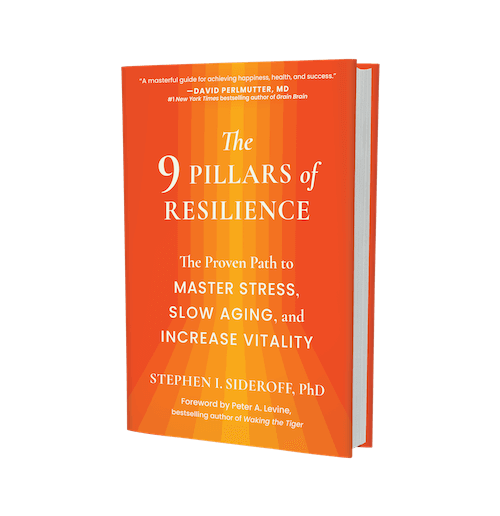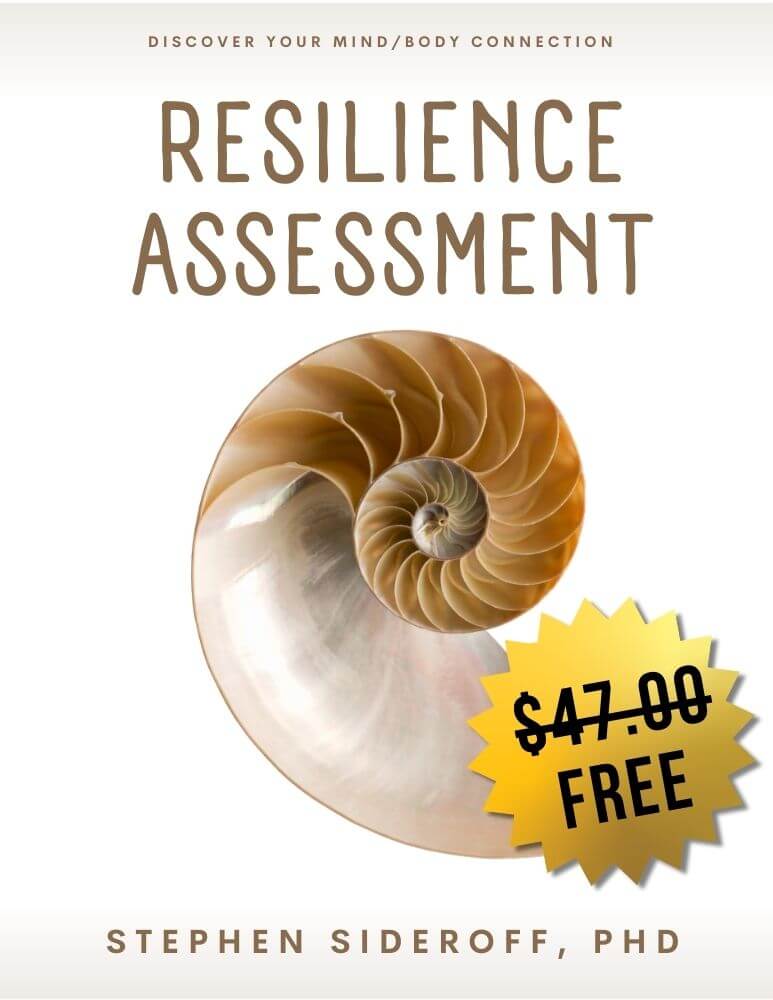[et_pb_section fb_built=”1″ fullwidth=”on” _builder_version=”4.3″][et_pb_fullwidth_header title=”Resilient communities foster individual resilience, health, and performance.” button_one_text=”Click Here” _builder_version=”4.3″]
The national election, where the entire country was focused on one thing, and everyone was involved in discussions on the same topic, reminded me that in many ways the United States is a giant community. I began thinking of the characteristics/qualities of such a community that would foster resilience, which I equate with the greatest good for all its members.
The mission statement of the Raoul Wallenberg Institute of Ethics, of which I’m director, is to foster cultures of peace. As a psychologist, I believe that living in a community that shares values of peace, such as living by the “golden rule”, also supports personal resilience. In this blog I will define a resilient community, its characteristics and how it leads to individual as well as community physical and emotional health.
Resilient individuals
We can derive the qualities of a resilient community through the example of the resilient individual, who has developed along my nine pillars of resilience and success, yielding the following:
1. Greater ability to self-regulate physiologically, recover quickly after stress and be able to deeply relax. This results in less wear and tear on the body, fewer physical symptoms and illness, and slowing the aging process.
2. Greater emotional health with more supportive, less judgmental or critical relationships with less triggering of the stress response, while fostering greater emotional balance, calmness, joy and life satisfaction.
3. Less mental distraction and worry, resulting in greater presence and cognitive flexibility.
4. Fewer mistakes or accidents, greater focus, resulting in less burn-out and enhanced productivity.
If we consider the primary factors that contribute to the healthy development of a child, they are safety, connection, nurturing and love. This combination of conditions results in the healthy development of the brain and the psyche. Health means that the “brain-mind-body” functions most efficiently and effectively. When a child experiences danger without connection and love, it contributes to the dysregulation of the developing brain (with potentially permanent impairment) along with less effective functioning. All of this determines life success: health and happiness.
We instinctively hold survival above all other needs and goals. When you feel safe you are able to channel energy into growth, inquisitiveness, learning and body maintenance. Since we don’t have unlimited energy, when there is danger, that energy gets funneled into protect and defend. Do we circle the wagons or go out and explore and develop? The balance between these two factors determine how healthy, flexible, and integrated the developing brain and individual become.
Stress and danger are thus major factors that determine the balance between these two goals. Too much danger will cause a child’s nervous system to regulate at a level that over-extends the resources of person and body. It creates conditioned expectation of danger, thus a perpetual “on guard” stance. Many of my clients can trace all their physical, emotional, and mental symptoms to the expectation of danger and thus activating and exhausting nervous system and body.
The other primary factors are love, connection, and relationship. These positive emotional states translate into healthy physiological – biochemical and hormonal – responses and the maintenance of optimal brain, body, and emotional health. These conditions maximize the two primary components of resilience: maintaining balance and adaptability. These are necessary ingredients to navigate this complicated and stressful life.
Community support of resilience
Individual development is a function of the childhood environment. This, in turn, is influenced by how stressed, and worried the caregivers are. Community factors have a direct influence on level of stress and ability to cope, which is then reflected in the parent-child interface. Community factors mimic and magnify family factors. If the societal discourse amplifies danger, what’s wrong, attack and conflict, it will magnify the stresses within the family and create greater levels of uncertainty – another source of stress. Conversely, if there are supportive elements, and perceived “safety-nets” within the community, this will translate into a greater sense of calm that gets transmitted to the child.
A resilient community creates the conditions within which individuals and families are supported in achieving personal resilience. Just as this healthy pattern leads to individual benefits, the overall result is a community itself that is healthier by any definition: greater sense of connection, fewer illnesses, and greater positive affect. This yields higher levels of community physical and emotional health. It also results in greater productivity and abundance because more of its resources would be available for positive development. A resilient community generates synergistic effects, where a greater percentage of resources are used for nurturing healthy growth. This furthers a positive developmental spiral of well-being, safety, growth and thriving.
The role of leadership in creating community-wide resilience
Just as we model behavior from parents, there is also a modeling of the messages of our leaders. They set the tone. This can either create greater harmony that supports resilience, or greater discord that creates a sense of danger and stress along with defensiveness that interferes with cooperation. Again, we can reflect on the role of a parent within a family to discern the characteristics of leadership that support a resilient community. A good parent provides love, care, support and safety. A good parent doesn’t punish but provides healthy boundaries from the place of love. “I know you want to watch TV, but you need to do your homework.” “I know you felt hurt by Johnny’s remarks, but you can’t hit. You need to find a more constructive way to get resolution.” It is a positive and constructive – rather than negative and undermining – relationship.
The other piece of this equation is fairness: treating all siblings with the same care and attention. When a child believes that a father and mother love them just as much as their siblings, and treats them with the same level of concern, their self-worth is supported. Self-worth is a key ingredient of self-love that supports growth and confidence in dealing with life challenges. This is at the heart of resilience. On the community level, this is reflected in equal treatment and acceptance.
Leaders that support our core needs of safety, connection, and fairness, combined with a positive vision and expectations, promote resilient communities. When these needs are met, we do better and thrive. We can shift more of our energy to both healthy recovery as well as expansive goals. These conditions support the healthy growth and adaptability by all the individuals, thus resulting in greater personal resources for the community.
Service and giving back
Finally, a resilient community fosters empathy and the desire to give back and give service. In nature, health is supported by the flow of energy. Whether we are referring to energy flow in the body or in a river, when that energy is blocked, there is illness or decay. The same can be true of a community. If you are someone blessed by having a significant amount of resources (money, property and even health and happiness), giving back is a way of keeping the energy of the community in flow. If you are interested in the health of your community, you will contribute by giving service and finding ways of giving back. You will show gratitude for your gifts and blessings by sharing with those who have less than you. By sharing resources in this way, you help others shift from a survival mentality to a more secure mentality. When this happens, these people are able to be more productive members of the community and enhances community resilience.
[/et_pb_fullwidth_header][/et_pb_section]

